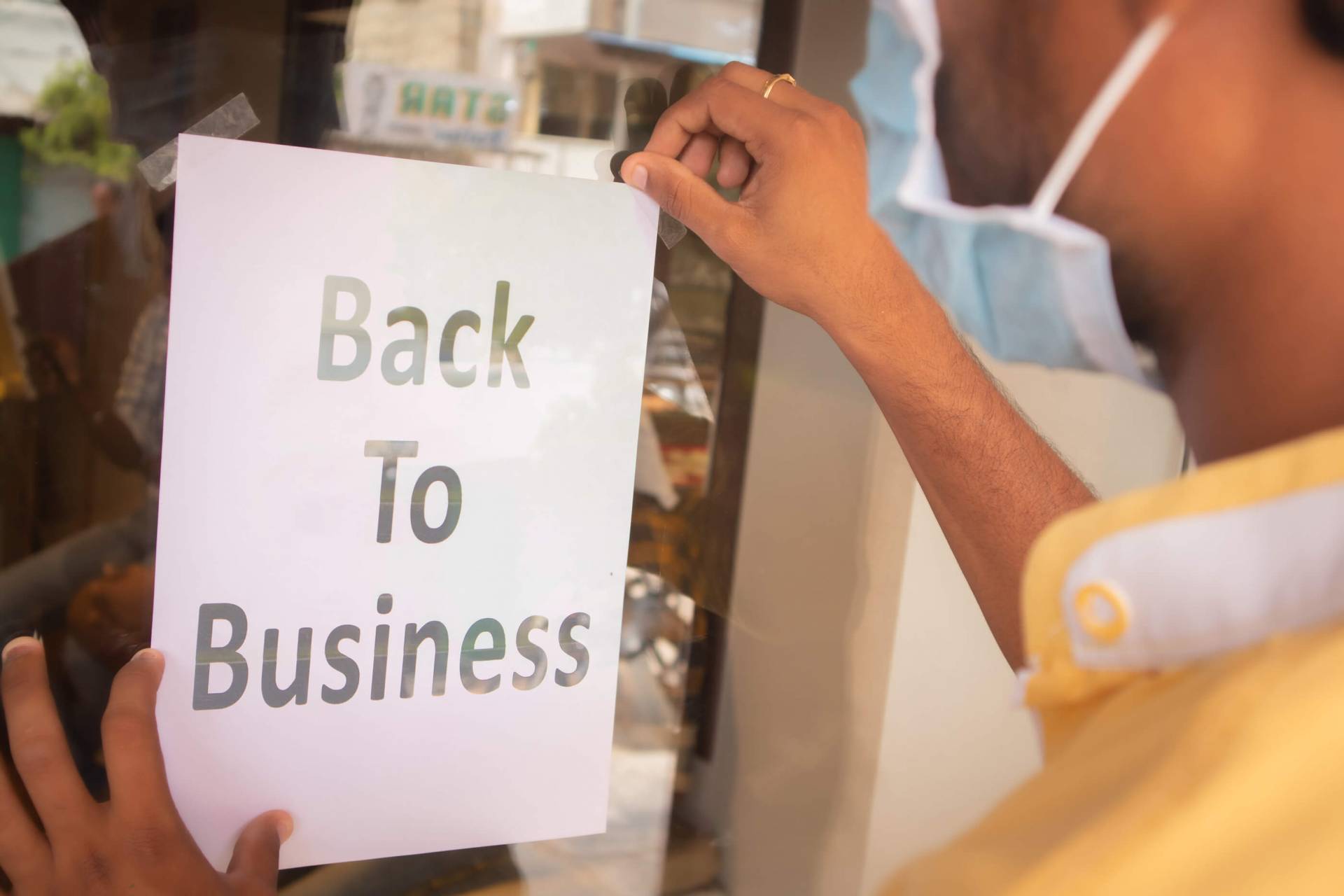Businesses face some challenges as they prepare to re-open and greet new and returning customers. These challenges affect both online businesses and those with a retail, brick-and-mortar presence.
In these unprecedented times, “people will go to physical stores for reasons outside of just touching products,” notes Business.com. For many people, a trip to the store is seen “as a social outing or a form of entertainment.” As a result, “the atmosphere and engagements with staff matter as much as or more than the products on the shelves.”
We’ve written a great deal lately about how recent events have altered the business landscape. But it’s worth taking a fresh look at changes to retail business, which may also apply to B2B and digital commerce as well. Here are insights into business functions and processes to keep in mind:
Keep pace with local, regional and federal guidelines.
Experts in epidemiology are helping state and federal authorities promote safe guidelines for re-opening. As you make your own re-opening plans, be aware of guidelines that affect your business. For example, in some parts of the country, capacity limits for in-store visits have been capped at or below 50% of average capacity. Other safety guidelines can help you protect employees and customers as well.
Inform customers about what you’re doing.
People are understandably nervous about re-entering both the workplace and retail businesses. As you make changes to how your business is run, don’t neglect to inform your customers that you’re proceeding with caution and their physical safety in mind. Through newsletters, fresh content on your website and/or personalised emails, let your customers know that it is safe to come back as a result of the precautions you’ve implemented.
Determine a policy to protect customers and employees.
In some states, customers must wear masks when entering a place of business. Employees in these areas are mandated to wear masks as well. If your business isn’t located in a region like this, you may still decide to err on the side of caution and implement the same requirements.
Consider making masks available to customers as they walk in. Also place hand sanitisers throughout the store (and in your workplace, too). Many businesses already post signs requiring that individuals intending to visit your store make clear if they have any symptoms of the virus.
Re-examine the physical layout of your retail business.
This is an opportunity to look again at how your physical space is configured, and what might be done to enhance safety for all involved. Precautions can include “setting up one-way only aisles in your stores,” notes OnDeck, “and marking spots 6 feet apart in checkout lines to avoid crowding.” It might also be wise to “install plastic guards at checkout areas” and have “one staff member [monitor] capacity in the store.” Most customers will appreciate the safety measures you implement on their behalf.
Keep your physical business as clean as possible.
Finally, look at all the surfaces and “touch-points” present in your business. From doorknobs and display counters to product shelves and credit card processing devices, customers will touch many things as part of their in-store experience. It’s up to you and your team to be as fastidious as possible about cleaning these surfaces throughout business hours. This may be somewhat inconvenient, but customers will notice these efforts and feel more comfortable about lingering to make one or more purchases. (This will also protect you and your employees.)
The re-opening phase will bring new challenges and opportunities to business owners. By taking the right precautions and demonstrating a commitment to everyone’s safety, you may be more successful in attracting loyal customers and acquiring new ones in the process.


